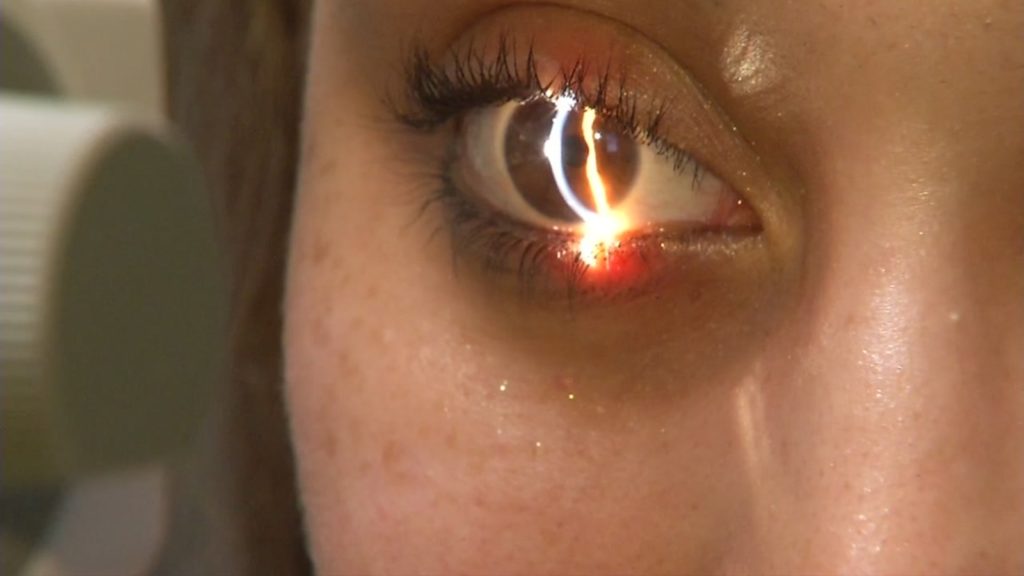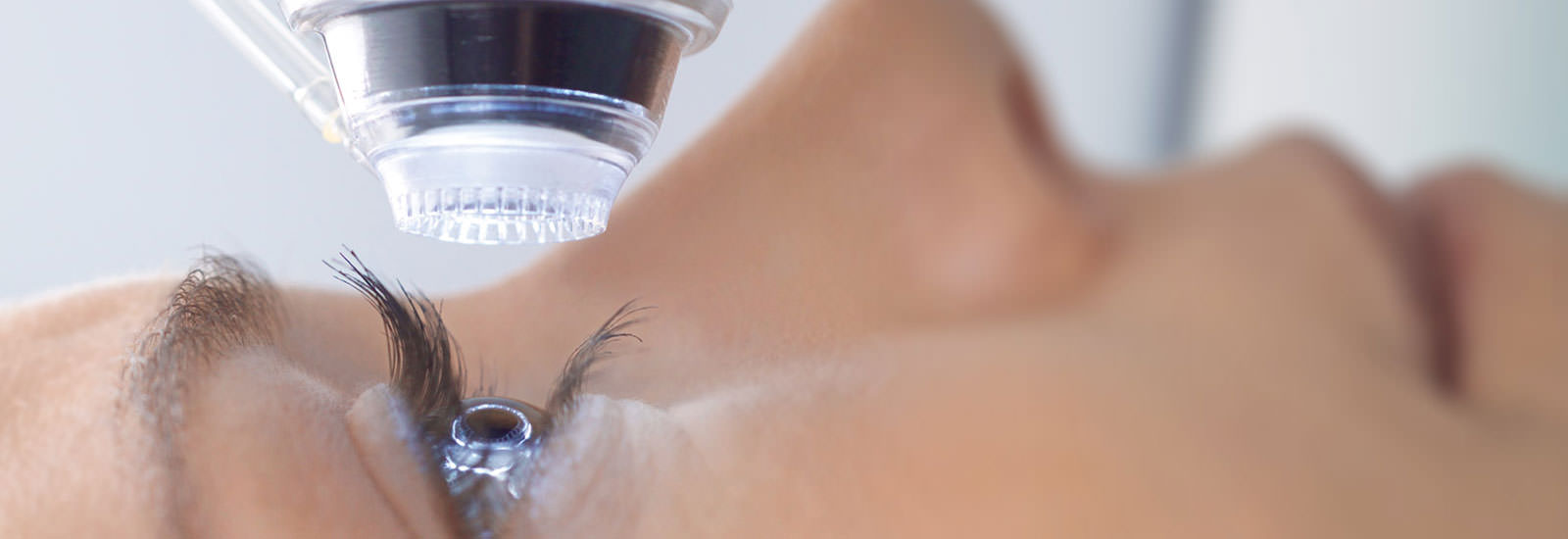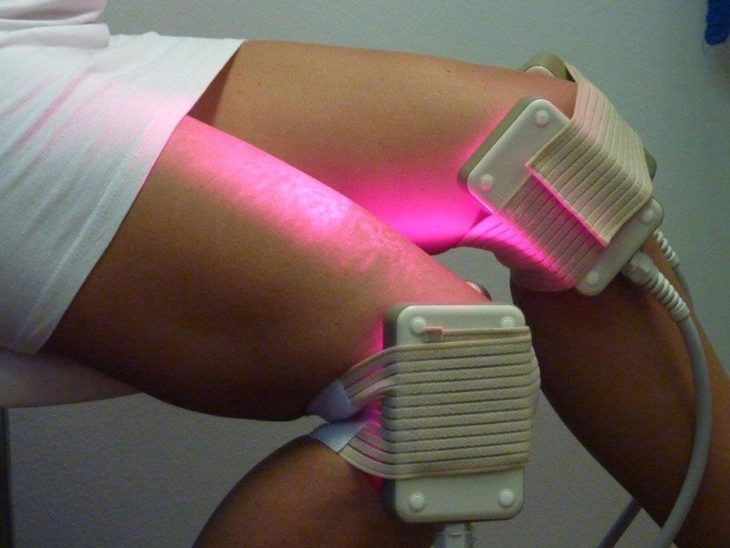What is LASIK eye surgery?
Ioannis Pallikaris from Greece gets the credit for the development of LASIK around 1991. The word LASIK is an acronym for laser-assisted in situ keratomileusis. It means using a laser underneath a corneal flap (in situ) to reshape the cornea (keratomileusis). LASIK, the most common eye surgery using a laser, uses a highly-specialized laser or excimer laser. It treats myopia or nearsightedness, hyperopia or farsightedness, and astigmatism. It also handles refractive errors, improves vision, and reduces or removes the need for prescription eyeglasses and contact lenses. It alters the shape of the cornea, which is the transparent front covering of the eye.
How does LASIK work?
A specially-trained eye surgeon from Kraff Eye Institute creates a precise, thin hinged corneal flap using a microkeratome. He or she then pulls back the flap to expose the underlying corneal tissue, and the excimer laser reshapes the cornea in a unique pre-specified pattern for each patient. The surgeon then repositions the flap onto the underlying cornea without sutures. You only need topical anaesthetic drops after the surgery, no need for bandages and stitches.
To flatten the cornea is the goal for nearsighted people. With farsighted people, a steeper cornea is the goal. Excimer lasers can correct astigmatism. It smoothes an irregular cornea into a more normal shape.

Preparation before LASIK surgery
You need to undergo a thorough eye exam to ensure your eyes are healthy enough for the procedure. The eye doctor will check the shape and thickness of your cornea, pupil size, refractive errors, as well as any other eye conditions.
The doctor will also test the tear film on the surface of your eyes. He or she will also recommend a precautionary treatment to reduce your risk of developing dry eyes after LASIK.
A corneal topographer measures the curvature of the front surface of your eye and creates a map of your cornea. With wavefront technology associated with custom LASIK, you can also undergo a wavefront analysis. It sends light waves through the eye to provide an even more precise map of aberrations affecting your vision.
You also have to tell your eye doctor about your general health history and any medications you are taking. It will help you determine if you are a suitable candidate for LASIK.
Your doctor will also tell you to stop wearing your contact lenses for some time. That is usually around two weeks before your eye exam and before the LASIK procedure. The contact lens can alter the natural shape of your cornea.















